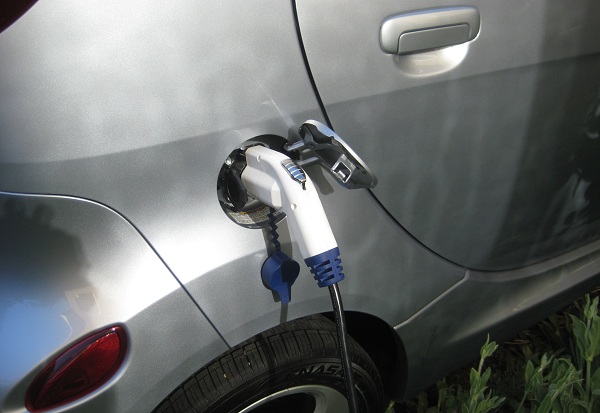A concern among utilities nationwide with regards to electric car use is what happens to the power grid during times when peak energy usage theoretically could be happening for signature events such as heat waves that tie in with vehicles such as the Nissan Leaf trying to recharge. A new study out of Texas suggests this may not be of much issue, though more research is likely needed as well as there being some challenges left unanswered.
The findings, from the Pecan Street Research Institute, come from data analyzed over 2,500 vehicle charge events between June 1 – August 31, 2013 in a randomly selected subset of 30 homes participating in the institute’s EV research trial. It found chiefly that
charging behavior is much more diverse than has been predicted, represents a much more manageable energy load and may be highly elastic to time-of-use pricing and similar tools.
Roughly half of the group analyzed were part of a research trial examining the impact of time-of-use energy pricing, while the others were not part of any EV behavioral intervention. Of those not taking part in the pricing trial, researchers noted, “only 22 percent of weekday EV charging occurred during peak electric demand hours (3-7 pm). The rate was even lower among the EV drivers participating in the pricing trial — just 12 percent of their charging occurred during peak demand hours.”

One thing said to help significantly in getting customers to shift charging “to late night/early morning hours among the pricing trial participants (and a handful of the non-participants)” were vehicle telematics such as OnStar for the Volt and CarWings for the Leaf. These systems are designed to help drivers get the most out of charging and driving electric cars in general.
So this is all good news right? Well, here is the but – even with these findings, said those behind the study, “EVs’ impacts could prove more challenging for utilities in regions without significant air conditioning use. In those regions, utility distribution systems are frequently sized for homes with flatter and smaller electric use patterns. These systems could be stressed over a broader range of hours each day by new consumer products like EVs with high instantaneous electric draws.”
“EVs represent the largest new electric load to appear in homes in a generation,” said the report’s lead author, Pecan Street CEO Brewster McCracken, in a statement. “We still have a lot of consumer research ahead of us, but these findings suggest that this new load is not only manageable, but movable.”